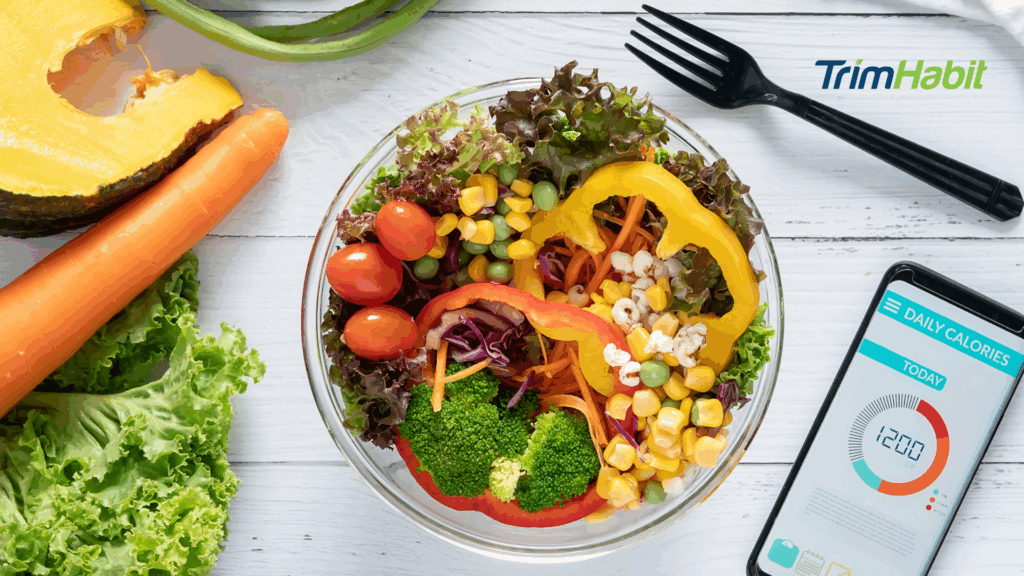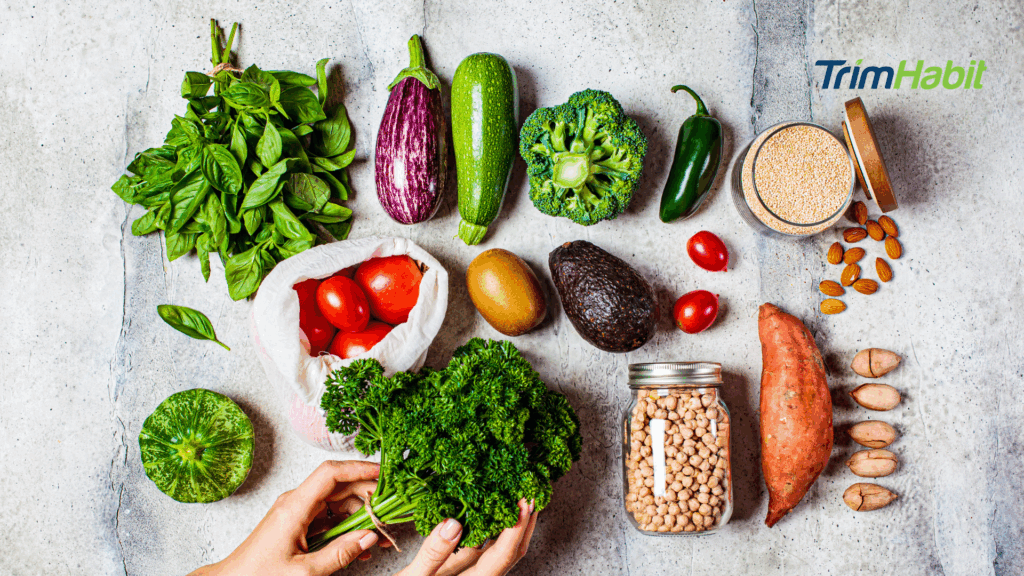Intermittent fasting has surged in popularity as a versatile approach to health and wellness, offering numerous benefits such as weight loss, improved metabolic function, and enhanced mental clarity. This eating pattern, which alternates between periods of eating and fasting, appeals to many for its simplicity and flexibility. However, one of the most significant hurdles for those practicing intermittent fasting is navigating social situations and family gatherings that often center around food.
The challenge lies in balancing personal health goals with the desire to participate fully in shared meals and celebrations without feeling deprived or guilty. Successfully integrating intermittent fasting into your lifestyle during these events requires thoughtful planning and a proactive mindset. It’s essential to develop strategies to enjoy the camaraderie of family dinners, holiday feasts, and social outings while still adhering to your fasting schedule.
This article will explore how to plan intermittent fasting meals around family and social events. From adjusting your fasting windows to making mindful food choices, we’ll provide actionable insights that empower you to enjoy these occasions without compromising your commitment to health.
Definition And Types Of Intermittent Fasting
Intermittent fasting is an eating pattern that alternates between periods of eating and fasting, allowing individuals to cycle between voluntary food deprivation and normal eating. This approach does not prescribe specific foods but focuses on when to eat them. Various methods of intermittent fasting have emerged, each with distinct structures and benefits:
16:8 Method
It involves fasting for 16 hours daily and limiting food intake to an 8-hour window. For example, one might eat between 12 pm and 8 pm, choosing to skip breakfast while enjoying two or three meals during the day. This method aligns well with many people’s natural eating patterns, often incorporating the overnight fast1.
5:2 Diet
Individuals eat normally five days a week while significantly reducing calorie intake (to about 500-600 calories) on two non-consecutive days. This method allows for flexibility in meal planning and can be easier for those who prefer not to restrict their daily eating2.
Eat-Stop-Eat
It involves fasting for a full 24 hours once or twice a week. For instance, one might fast from dinner one day until dinner the next day. While this approach can be practical for weight loss, it may be more challenging due to the extended periods without food3.
Alternate-Day Fasting
Alternates between fasting days—where caloric intake is limited to about 500 calories—and non-fasting days, during which individuals can eat normally. Some variations allow for complete fasting on certain days, while others permit limited caloric intake.
Each method offers a unique approach to intermittent fasting, allowing individuals to choose a style that best suits their lifestyle and preferences.
Health Benefits Of Intermittent Fasting
Intermittent fasting has been associated with several health benefits, making it an appealing option for many seeking to improve their health:
Weight Management
One of the primary reasons people adopt intermittent fasting is its effectiveness in promoting weight loss. By reducing the hours available for eating, individuals naturally decrease their caloric intake, leading to weight loss. Studies have shown intermittent fasting can be as effective as traditional calorie-restricted diets in achieving weight loss goals4.
Improved Insulin Sensitivity and Metabolic Health
Research indicates that intermittent fasting can enhance insulin sensitivity, which helps regulate blood sugar levels and may reduce the risk of type 2 diabetes. Improved metabolic health can lead to lower blood pressure and lipid profiles, contributing to cardiovascular health3.
Enhanced Mental Clarity and Focus
Many practitioners report increased mental clarity and improved focus during fasting periods. This may be attributed to the production of brain-derived neurotrophic factor (BDNF), a protein that supports brain health and cognitive function. Additionally, fasting may promote autophagy—a cellular cleanup process that removes damaged cells—potentially benefiting brain health1.
Potential Longevity Benefits
Preliminary research suggests that intermittent fasting may positively affect longevity by reducing inflammation and oxidative stress in the body. Animal studies have indicated that caloric restriction can extend lifespan, although more research is needed to confirm similar effects in humans2.
Intermittent fasting presents a promising approach for those looking to improve their health through dietary changes. However, it is essential for individuals considering this eating pattern to consult with healthcare professionals, especially if they have pre-existing health conditions or concerns about its suitability for their lifestyle.
How To Plan Intermittent Fasting Meals Around Family And Social Events
1. Preparing for Family and Social Events
Attending family gatherings and social events while following an intermittent fasting regimen can be challenging. However, with thoughtful planning and practical strategies, you can enjoy these occasions without compromising your intermittent fasting goals.
Assessing the Event
- Analyze the Type of Event – Understanding the nature of the event is crucial for effective planning. Different occasions, such as formal dinners, casual gatherings, or holiday celebrations, may have varying food offerings and dining structures. For formal dinners, where courses are served, you may need to strategize more carefully than at a casual gathering where food is buffet-style or potluck.
- Consider Timing and Duration – Evaluate the timing of the event to your fasting schedule. If the event starts in the evening, you may need to adjust your eating window accordingly. Consider how long the event will last. More extended events may require more planning to ensure you can adhere to your fasting schedule while enjoying the festivities.
Setting Realistic Expectations
- Encourage a Flexible Mindset – It’s important to approach social events with flexibility. Understand that occasional deviations from your fasting routine are standard and can be part of a healthy lifestyle. Remember that social interactions and shared meals are valuable experiences that contribute to overall well-being.
- Allow for Occasional Deviations – Permit yourself to enjoy special occasions without guilt. Allowing for an indulgence or two during significant events can help maintain a positive relationship with food. Focus on moderation rather than perfection—this mindset can help alleviate stress around fasting during social gatherings.
2. Strategies For Planning Meal
Effective meal planning is key to successfully maintaining intermittent fasting. Adjusting your fasting schedule, prepping meals in advance, and choosing nutrient-dense foods can ensure you stay satisfied and nourished. This section provides practical tips to help you easily navigate your eating windows.
Adjusting Your Fasting Schedule
- Modify Fasting Windows – Depending on the event’s timing, consider shifting your eating window to align with it. For example, if you know you’ll be dining later in the evening, you might start your eating window earlier in the day. Alternatively, if you anticipate a large meal, plan a longer fast beforehand to accommodate indulgence without overdoing it on calories2.
- Plan for Significant Meals – If you have a significant meal planned (like a holiday feast), consider extending your fasting period before it. This strategy can help you enjoy the meal while adhering to your fasting goals3.
Meal Prepping Before Events
- Prepare Healthy Meals in Advance – Batch-cooking nutritious meals ahead of time can ensure you have healthy options available post-event or during your eating window4. Consider preparing easy dishes to reheat or pack later, such as soups, stews, or grain bowls.
- Suggestions for Portable Snacks – Having portable snacks on hand can be helpful during fasting windows if you need something before an event or while traveling. Ideas include nuts, seeds, protein bars (low in sugar), or cut-up vegetables with hummus—these options are nutrient-dense and easy to carry.
Choosing Nutrient-Dense Foods
- Focus on Lean Proteins – When planning meals or selecting food at events, prioritize lean proteins such as grilled chicken, fish, legumes, and tofu. These foods provide satiety and help maintain muscle mass during weight loss1.
- Incorporate Healthy Fats – Include healthy fats in your meals—avocado, nuts, seeds, and olive oil are excellent choices that enhance flavor and increase fullness5.
- Include Whole Grains and Vegetables – Whole grains (such as quinoa, brown rice, or whole-grain bread) provide fiber and essential nutrients that contribute to satiety. Fill half your plate with vegetables; they are low in calories but high in volume and nutrients, helping you feel full without overindulging6.
3. Navigating Social Situations
Even with careful planning, certain situations may still present challenges, whether they arise from internal factors or external forces.
Communicating Your Needs
- Politely Explaining Your Intermittent Fasting Approach – When attending social gatherings, it’s helpful to communicate your dietary preferences clearly and politely. Explain your intermittent fasting regimen to hosts or family members, emphasizing that it’s a personal choice to improve your health. This can foster understanding and support from those around you, making it easier to stick to your plan without feeling pressured to eat outside your designated window7.
- Suggesting Healthy Options – If you’re contributing to a potluck or gathering, consider suggesting healthy options that align with your fasting goals. Offer to bring nutritious and satisfying dishes, such as salads, grilled vegetables, or lean proteins. This helps you stay on track and provides others with healthier choices2.
Mindful Eating Practices
- Slowing Down to Savor Each Bite – Practicing mindful eating can enhance your dining experience and help you recognize hunger cues. Take the time to enjoy each bite, focusing on the flavors and textures of the food. Eating slowly allows your body to signal when you’re satisfied, reducing the likelihood of overeating8.
- Using Smaller Plates or Bowls – Opt for smaller plates or bowls when serving yourself. This simple technique can help control portions and prevent overeating while still allowing you to enjoy a variety of foods9.
Alternative Options at Events
- Opting for Grilled Versus Fried Foods – Choose grilled options over fried foods whenever possible when dining out or at buffets. Grilled items typically contain fewer calories and unhealthy fats, making them a better choice for maintaining your fasting goals10.
- Choosing Salads or Vegetable-Based Dishes as Sides – Incorporate salads or vegetable-based dishes into your meals at social events. These options are generally lower in calories and high in nutrients, helping you feel full without consuming excessive calories11.
Importance Of Hydration
Proper hydration is essential during intermittent fasting, as it supports your health and helps manage hunger. Drinking water can help curb cravings and maintain energy levels throughout the day12.
Recommended Beverages
- Water (plain, sparkling, infused with lemon or cucumber) – an excellent way to stay hydrated without adding calories.
- Herbal Teas (non-caffeinated options) – these can be soothing and hydrating without breaking your fast.
- Black Coffee (without sugar or cream) – coffee can provide an energy boost and may even enhance fat-burning during fasting periods3.
Other Tips For Specific Occasions
Holidays and Celebrations
Discuss menu options with hosts ahead of time to ensure healthy choices are available that fit within your fasting schedule. Allow yourself a small indulgence during special occasions while maintaining portion control to enjoy the festivities without compromising your health goals4.
Casual Gatherings with Friends
Bringing Your Healthy Dish – At informal get-togethers, consider bringing a healthy dish to share, such as a quinoa salad or vegetable platter. This ensures at least one nutritious option that aligns with your dietary preferences6.
Engaging in Activities That Don’t Revolve Around Food – Suggest activities that focus on social interaction rather than food consumption—such as games, outdoor activities, or crafting—helping you enjoy time with friends without the pressure of eating13.
Conclusion
In conclusion, planning intermittent fasting meals around family and social events requires a thoughtful approach that balances personal health goals with social obligations.
Understanding the nature of each event and communicating your dietary preferences effectively allows you to navigate social situations without feeling deprived or awkward. Mindful eating practices, such as savoring each bite and using smaller plates, can enhance your dining experience while helping you control your portions.
Moreover, staying hydrated and choosing nutrient-dense foods that support your fasting regimen are essential. Whether for grilled over fried options or incorporating salads into your meals, making conscious food choices can significantly impact your health and well-being.
As research suggests, intermittent fasting can be a flexible dietary approach that fits seamlessly into various social contexts, allowing you to enjoy gatherings without compromising your commitment to health.
Ultimately, embracing a flexible mindset regarding your intermittent fasting schedule will enable you to enjoy special occasions while still prioritizing your wellness. In planning ahead and being proactive in your one-meal choices, you can successfully integrate intermittent fasting into your lifestyle, fostering meaningful connections with loved ones and a healthier you.









